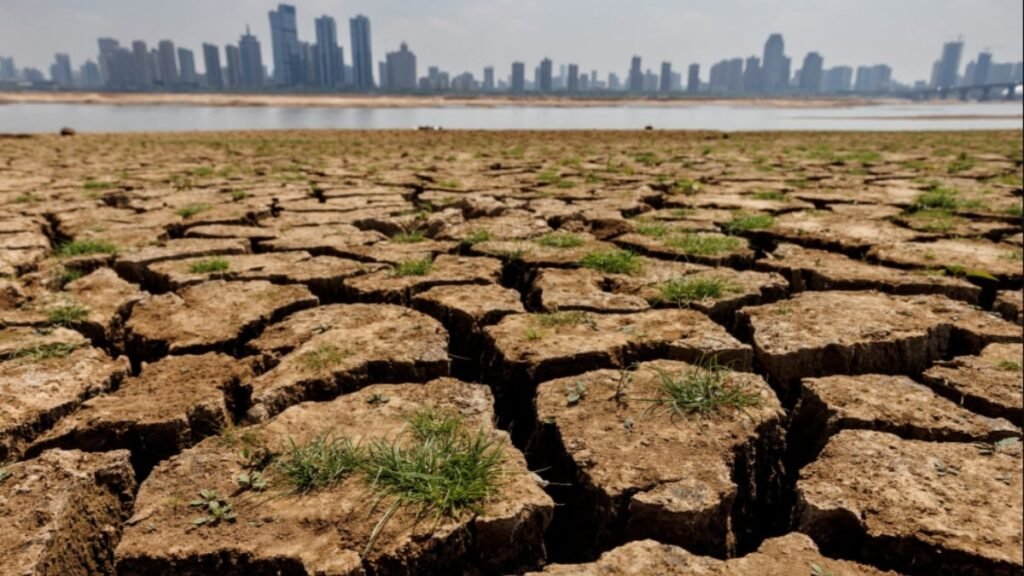In a session on climate-proofing the Indo-Pacific, Nilianjan Ghosh, the Director of Observer Research Foundation’s Centre for New Economic Diplomacy, said that the Middle East has some best agricultural practices when it comes to Middle East
read more
Middle East has some of the best agricultural practices when it comes to climate adaptability, according to Nilianjan Ghosh, the Director of Observer Research Foundation’s (ORF) Centre for New Economic Diplomacy.
Speaking at a session titled ‘Climate-proofing the Indo-Pacific: Food, Water, Economic Resilience’ at the Raisina Dialogue 2025, Ghosh said that Israel and Jordan have some of the best agricultural practices where farmers have adapted to the dry conditions and grow crops that use less water. He said that the notion of water budgeting is used in the region where water is used judiciously.
Ghosh said that there are numerous other benefits as well in addition to saving water.
Ghosh said, “First of all, when you are releasing more water in the stream by using less water, shifting to less water consuming crops, you are enhancing the ecosystem services because the water left is providing support and other provisioning services of the ecosystem. Moving towards regenerative agriculture or other forms of agriculture enhances soil health and enhances the sustainability of the of the agri-ecosystem. On the other side, you are producing more nutritious crops given the fact that this has led to a more sustainable food production practice. At the same time you’re creating a sustainable value chain, you’re enhancing farmers incomes.”
Citing an experimental study conducted in the Upper Ganges Canal in India, Ghosh said that the adoption of a practice called the environmental closed regime, which uses less water and releases more water in streams, increased farmers incomes by almost 25 per cent.
Ghosh said that farmers need to be given incentives to adopt such practices. Stressing the importance of government’s incentives, Ghosh said that the hiked minimum support price (MSP) for water-guzzling crops like paddy, wheat, and sugarcane led to a meteoric rise in their acreage.
In the past few years, the Narendra Modi government has incentivised the cultivation of crops like millets that don’t use too much water. However, experts on the panel noted that it takes around five-six years for a change in policy to reflect in practice on the ground. In the next few years, they said it would be seen whether the government intervention has been succesful.
Experts also deliberated on climate financing, with Lise Breuil, the Country Director for Agence Francaise de Developpment, saying that “there is no magic money” and both public and private institutions need to their bit to address the issue. She said that every dollar invested in resilience today saves four dollars in the long run.
This means that to some extent we have to provide incentives to to the private sector as well as farmers to adopt climate-adaptable agriculture, said Breuil.

